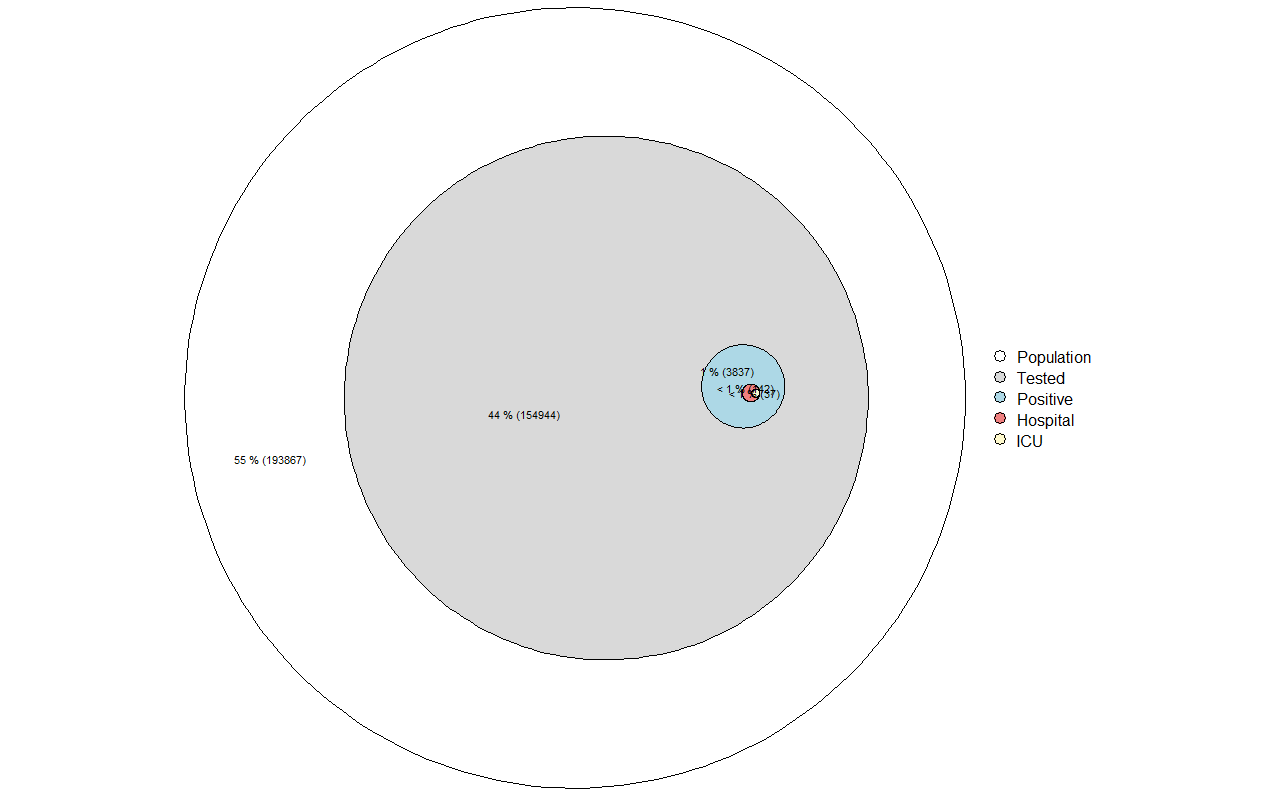8 October 2020
Media Release
Six months after the panicked reaction to Covid-19, dissenting scientists and the public are gaining ground internationally, coalescing this week in a show of force behind the Great Barrington Declaration, a statement for protecting the vulnerable but otherwise returning to normal.
The Covid Plan B group, which originally opposed lockdowns and the elimination goal, is a co-signatory of the Declaration. The GB Declaration is headed by Jay Bhattacharya and Sunetra Gupta, who headlined Plan B’s international symposium on Covid-19 in August. The Declaration has been signed by over 1000 biological scientists and over 1500 medical practitioners.
Dissent is now being voiced within virtually every Western nation; specially organised groups of academics and professionals have taken their critique directly to the public (eg. lockdownsceptics.org, and the German Corona Investigative Committee); and as public protest on the streets and via passive or active civil disobedience.
Simon Thornley, group spokesperson, says dissent is rising because after six months of social and economic restrictions and six months of data about the virus, the truth is now readily apparent.
“This virus does not warrant this panic and these restrictions.
“The CDC (US Centre for Disease Control and Prevention) currently says its best estimate is an average Infection Fatality Ratio of 0.65%, but for people 50 to 69 years old it’s 0.5% and for adults under 50 it’s 0.02 percent – less than the average IFR for seasonal flu.
“Yet in New Zealand, some epidemiologists still claim the IFR is closer to 1%. This figure led to predictions of 60,000 deaths in Sweden, which was wrong by a factor of ten. Yet these claims aren’t questioned and are still promoted. This bizarre situation reveals a dangerous intransigence of politicians, scientists, and commentators.”
Thornley says the first announcement of New Zealand’s next Government should be an undertaking not to go back to Level Three or Four lockdowns.
“The best approach are safe havens for those with vulnerable health conditions; ensuring good infection control in rest homes and hospitals, robust personal hygiene, and tracing, tracking and isolation of cases, including with serology tests.
Thornley said if elimination was removed as the goal, and lockdowns rejected, the group was prepared to support ‘flattening the curve’, and to enjoin the growing number of dissenters in New Zealand to adopt reasonable precautionary measures.
“The next Government just needs the courage to say ‘we all did our best, but we can’t afford to do it again’.”
/ends
Contact: Simon Thornley, 021 299 1752

